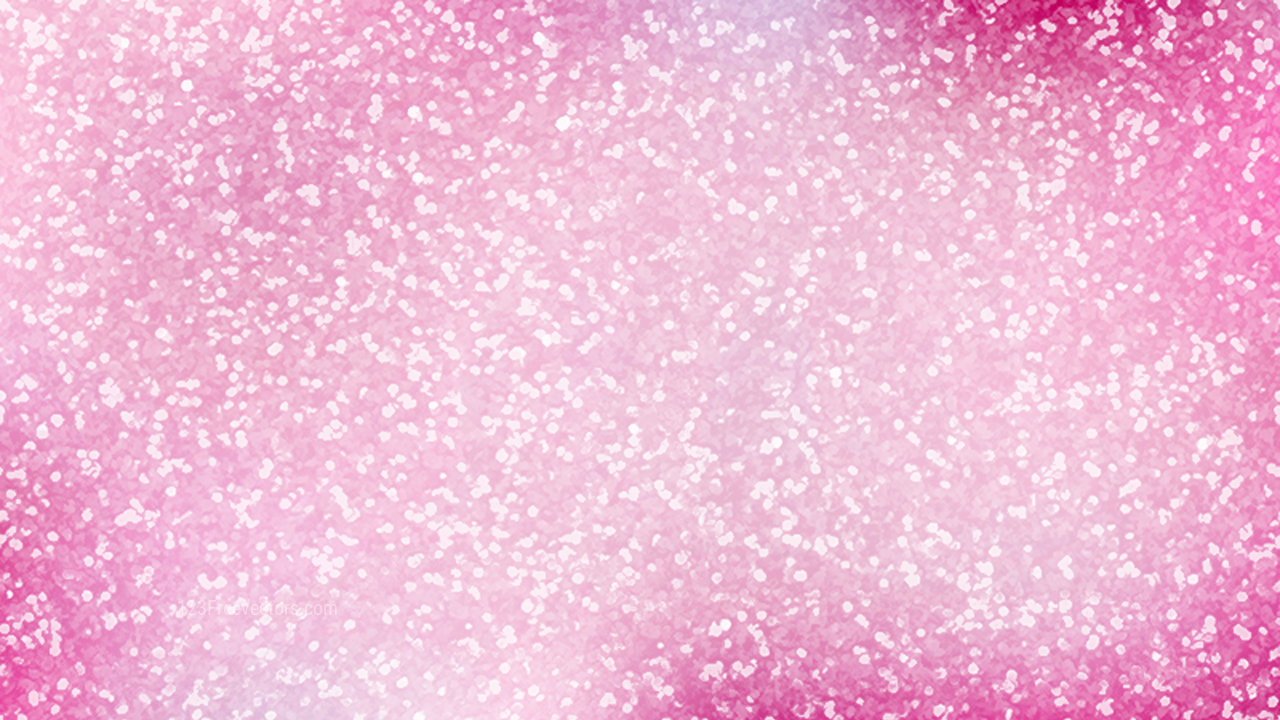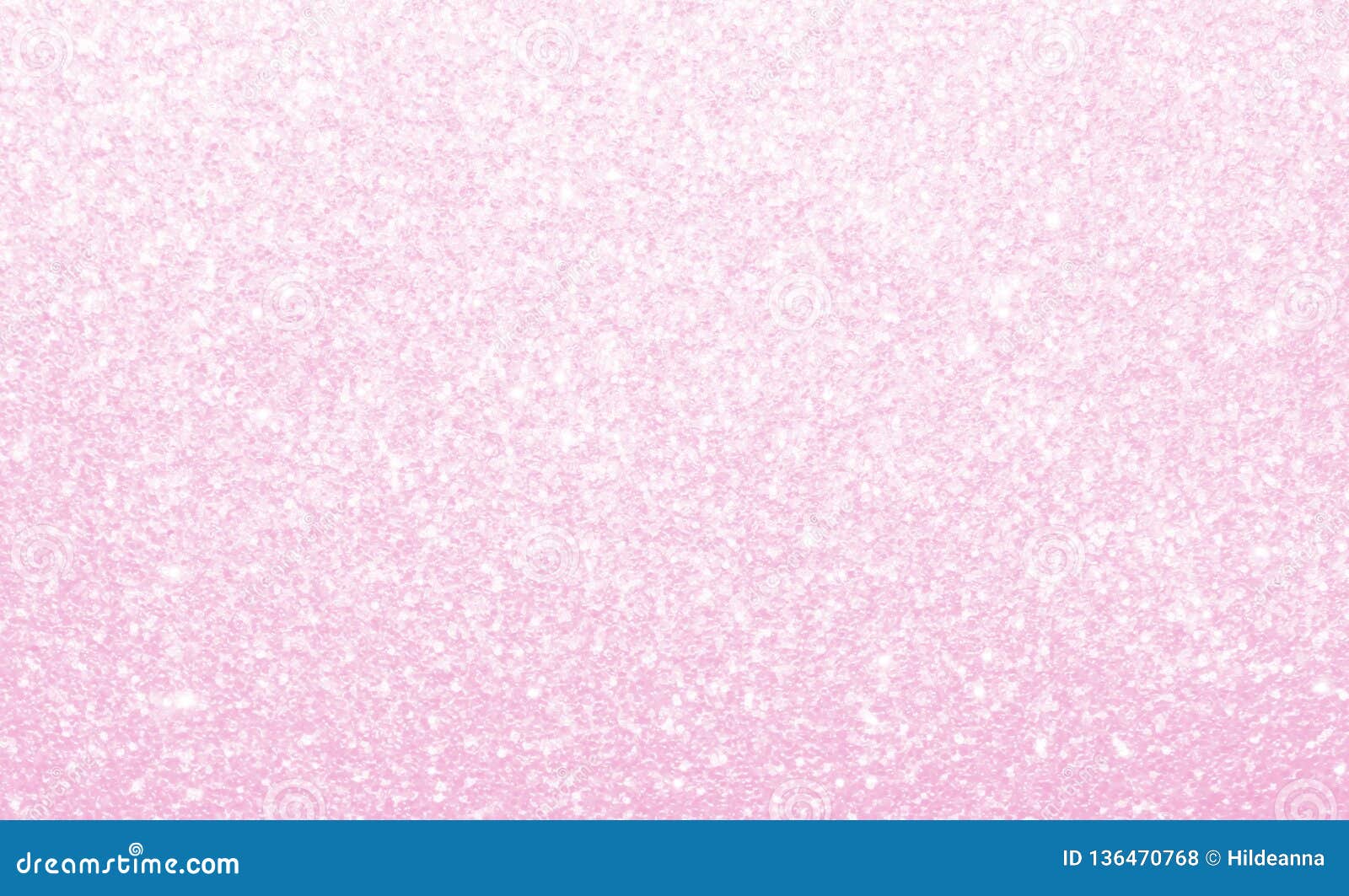Designing with pastel glitter backgrounds has become a popular trend in the creative world, offering a blend of elegance and charm to digital and print projects alike. Whether you're designing for social media, branding, or personal projects, the right background can make or break the visual appeal of your work. This guide will delve into the art of using pastel glitter backgrounds effectively, providing insights and tips that cater to both beginners and professionals.
As the demand for aesthetically pleasing visuals continues to rise, designers are increasingly turning to pastel glitter backgrounds to add a touch of sophistication and sparkle. This trend is particularly popular in industries like fashion, beauty, and lifestyle, where visual appeal plays a crucial role in capturing the attention of audiences.
This article will explore the nuances of pastel glitter backgrounds, from their origins and applications to practical tips for incorporating them into your designs. Whether you're a graphic designer, photographer, or digital marketer, this guide will equip you with the knowledge to elevate your creative projects.
Read also:Ll Bean Plus Size Jackets A Comprehensive Guide To Style And Comfort
What Are Pastel Glitter Backgrounds?
Pastel glitter backgrounds are digital or physical backgrounds that combine soft, muted colors with a shimmering, glittery effect. These backgrounds are designed to evoke a sense of elegance, playfulness, and modernity, making them ideal for various creative projects. The combination of pastel tones and glitter creates a unique visual experience that appeals to a wide audience.
Pastel glitter backgrounds are versatile and can be used in a variety of contexts, from social media posts and website designs to print materials like business cards and brochures. Their adaptability makes them a favorite among designers who want to add a touch of luxury without overwhelming the viewer.
Why Choose Pastel Glitter Backgrounds?
- They add a sense of sophistication and elegance to any design.
- Pastel tones provide a calming and inviting aesthetic.
- The glitter effect captures attention and adds a playful element.
- They are highly versatile and suitable for both digital and print projects.
History and Evolution of Glitter Backgrounds
The use of glitter backgrounds dates back to the early days of digital design, where designers sought ways to add texture and depth to their creations. Initially, glitter effects were often bold and eye-catching, but as design trends evolved, the industry began to embrace softer, more subtle approaches. This shift led to the rise of pastel glitter backgrounds, which combine the charm of glitter with the calming nature of pastel colors.
Over the years, pastel glitter backgrounds have become a staple in modern design, reflecting the growing preference for minimalist yet impactful visuals. Designers now use these backgrounds to enhance the overall mood and theme of their projects, whether it's a marketing campaign or a personal portfolio.
Applications of Pastel Glitter Backgrounds
1. Social Media Design
Pastel glitter backgrounds are perfect for enhancing social media content, such as Instagram posts, Facebook ads, and Pinterest graphics. Their eye-catching appeal ensures that your content stands out in a crowded digital space. By using these backgrounds, you can create a cohesive brand identity that resonates with your audience.
2. Website Design
When used sparingly, pastel glitter backgrounds can elevate the user experience on websites. They add a layer of visual interest without detracting from the site's functionality or readability. For example, incorporating a subtle pastel glitter effect in the header or footer can create a memorable impression on visitors.
Read also:The Best Incontinence Pants A Comprehensive Guide To Finding The Perfect Solution
3. Print Materials
From business cards to brochures, pastel glitter backgrounds can enhance the tactile experience of print materials. The shimmering effect adds a luxurious touch, making your materials stand out in a competitive market. This is especially effective for industries like fashion, beauty, and hospitality, where branding plays a crucial role.
Tips for Using Pastel Glitter Backgrounds
1. Balance is Key
While pastel glitter backgrounds are visually appealing, it's essential to use them in moderation. Overusing glitter effects can overwhelm the viewer and detract from the overall design. To achieve the right balance, consider pairing pastel glitter backgrounds with clean, simple typography and minimalistic elements.
2. Choose the Right Colors
Selecting the right pastel colors is crucial for creating an effective design. Popular choices include soft pinks, baby blues, mint greens, and lavender shades. These colors evoke a sense of calmness and sophistication, making them ideal for a variety of projects. Experiment with different combinations to find the perfect match for your design.
3. Experiment with Transparency
Using transparent layers of pastel glitter backgrounds can add depth and dimension to your designs. This technique allows you to overlay text or images without losing the impact of the background. It also creates a more subtle effect, making it suitable for projects that require a professional touch.
Popular Tools for Creating Pastel Glitter Backgrounds
There are several tools available for creating pastel glitter backgrounds, catering to both beginners and advanced users. Below are some popular options:
- Adobe Photoshop: A powerful tool for creating custom glitter effects and blending them with pastel colors.
- Canva: An easy-to-use platform that offers pre-designed templates and glitter effects for beginners.
- Procreate: Ideal for digital artists who want to create hand-drawn glitter backgrounds with a pastel aesthetic.
Best Practices for Incorporating Glitter Effects
1. Consider the Audience
Understanding your target audience is essential when incorporating glitter effects into your designs. For example, a pastel glitter background may appeal more to a younger, fashion-forward audience than a professional corporate setting. Tailoring your design choices to the preferences of your audience ensures maximum impact.
2. Maintain Readability
When using pastel glitter backgrounds, ensure that your text remains readable. Choose contrasting colors for text and background to avoid visual confusion. Additionally, consider using bold or outlined fonts to enhance legibility.
3. Test Across Devices
It's crucial to test your designs across various devices to ensure consistency. Pastel glitter backgrounds may appear differently on different screens, so verifying their appearance on desktops, tablets, and smartphones is essential for maintaining a professional look.
Case Studies: Successful Use of Pastel Glitter Backgrounds
Several brands have successfully incorporated pastel glitter backgrounds into their designs, achieving remarkable results. For instance, luxury skincare brands often use these backgrounds to convey a sense of indulgence and quality. Similarly, fashion brands leverage pastel glitter effects to create visually appealing campaigns that resonate with their target audience.
According to a study published in Journal of Visual Communication, designs that incorporate subtle glitter effects tend to perform better in terms of engagement and recall. This highlights the importance of using pastel glitter backgrounds strategically to enhance the overall impact of your projects.
Common Mistakes to Avoid
1. Overusing Glitter Effects
One of the most common mistakes designers make is overusing glitter effects, which can lead to a cluttered and overwhelming design. To avoid this, focus on using glitter sparingly and in areas where it adds value to the overall composition.
2. Ignoring Color Theory
Understanding color theory is essential when working with pastel glitter backgrounds. Pairing the wrong colors can result in a design that feels disjointed or unappealing. Always consider the mood and message you want to convey when selecting colors for your background.
3. Neglecting Brand Identity
Pastel glitter backgrounds should align with your brand's identity and values. Using these backgrounds indiscriminately can dilute your brand's message and confuse your audience. Ensure that your design choices reflect the core essence of your brand.
Future Trends in Glitter Background Design
As design trends continue to evolve, the use of glitter backgrounds is expected to grow even more sophisticated. Future trends may include:
- Interactive Glitter Effects: Incorporating motion and interactivity to create dynamic backgrounds that respond to user input.
- Sustainable Design: Emphasizing eco-friendly materials and digital solutions in the creation of glitter backgrounds.
- Augmented Reality Integration: Using AR technology to bring glitter backgrounds to life in real-world settings.
Conclusion
Incorporating pastel glitter backgrounds into your designs can significantly enhance their visual appeal and impact. By understanding the nuances of these backgrounds and following best practices, you can create designs that captivate your audience and elevate your brand. Whether you're a seasoned designer or just starting, experimenting with pastel glitter backgrounds can open up new creative possibilities.
We encourage you to share your thoughts and experiences with pastel glitter backgrounds in the comments below. Your feedback helps us improve and provide more valuable content. For more insights into design trends and techniques, explore our other articles and resources.
Table of Contents
- What Are Pastel Glitter Backgrounds?
- History and Evolution of Glitter Backgrounds
- Applications of Pastel Glitter Backgrounds
- Tips for Using Pastel Glitter Backgrounds
- Popular Tools for Creating Pastel Glitter Backgrounds
- Best Practices for Incorporating Glitter Effects
- Case Studies: Successful Use of Pastel Glitter Backgrounds
- Common Mistakes to Avoid
- Future Trends in Glitter Background Design
- Conclusion


